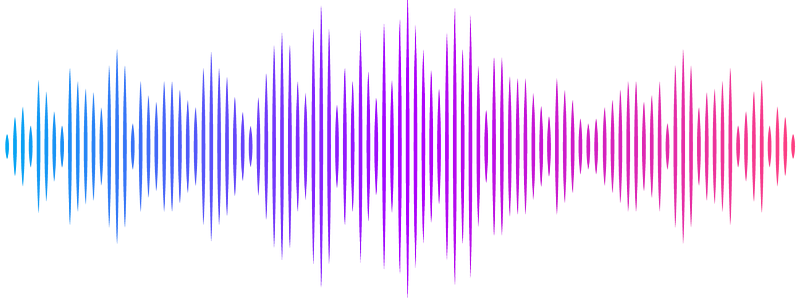Chloroquine attenuates hypoxia-mediated autophagy to curb thrombosis- an ex vivo and in vivo study

Chloroquine attenuates hypoxia-mediated autophagy to curb thrombosis- an ex vivo and in vivo study
Bandyopadhyay, P.; Katakia, Y. T.; Mukherjee, S.; Majumder, S.; Chowdhury, S.; Chowdhury, R.
AbstractBackground: Hypoxia can trigger the activation of blood platelets, leading to thrombosis. If not addressed clinically, it can cause severe complications and fatal consequences as well. The current treatment regime for thrombosis is often palliative and includes long-term administration of anticoagulants, which has the risk of over-bleeding in injury and other secondary effects as well. This demands a deeper understanding of the process and exploration of an alternative therapeutic avenue. Interestingly, recent studies demonstrate that platelets though atypical and enucleated, possess components of autophagy machinery. This cellular homeostatic process though well-studied in non-platelet cells, is under-explored in platelets. Methods: In this study, we report an activation of autophagy in rat-derived platelets cultured under physiologically relevant hypoxic condition (10% O2) ex vivo. Furthermore, autophagy was triggered in vivo when rats were exposed to hypobaric hypoxic conditions. Subsequently, restriction or surgical ligation of the inferior vena cava (IVC) was performed to induce thrombus formation. Post confirming the impact of autophagy induction on platelet functioning, it was inhibited, and then platelet activation and aggregation status were evaluated using light transmission aggregometry, flow cytometry, immunofluorescence and immunoblotting. Results: Herein, we show that autophagy inhibition with the potent autophagy inhibitor- CQ, a repurposed FDA-approved drug, can significantly reduce platelet activation, both in ex vivo and in vivo settings. CQ withdrawal reversed the phenomenon indicating a dynamic effect. Thereafter, in flow restriction or surgical ligation model, interestingly, CQ-pre-treated rats showed reduced clotting ability. Importantly, CQ at the stipulated dose was found to be non-toxic to the tissues, as analyzed through histological staining. Conclusion: Thus, we propose that the repurpose of the FDA approved drug CQ can attenuate hypoxia-induced thrombosis through inhibition of autophagy and can be explored as an effective therapeutic alternative.
